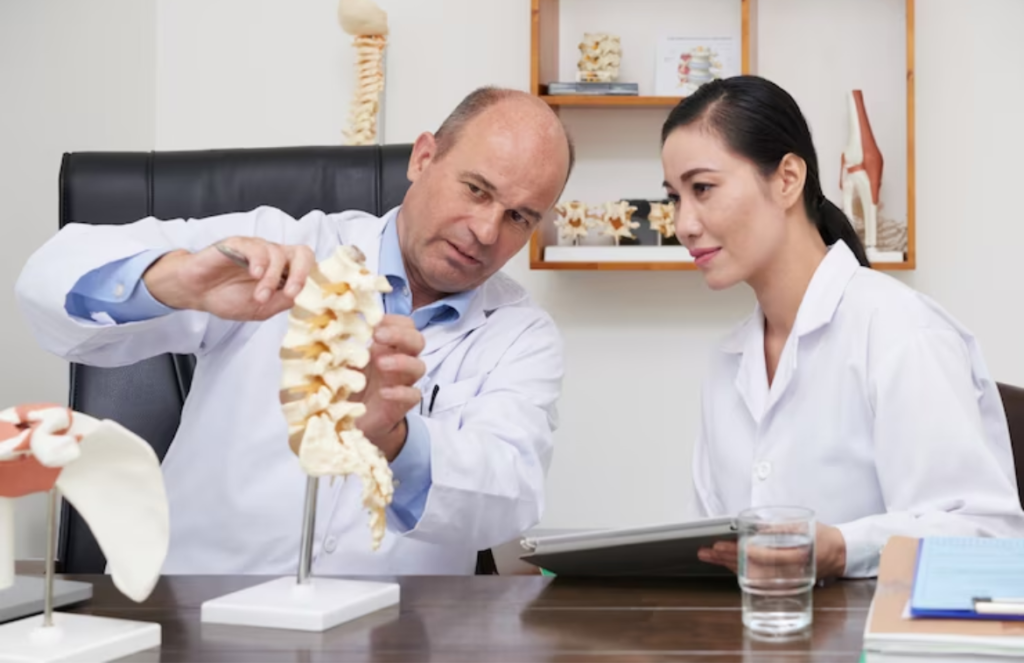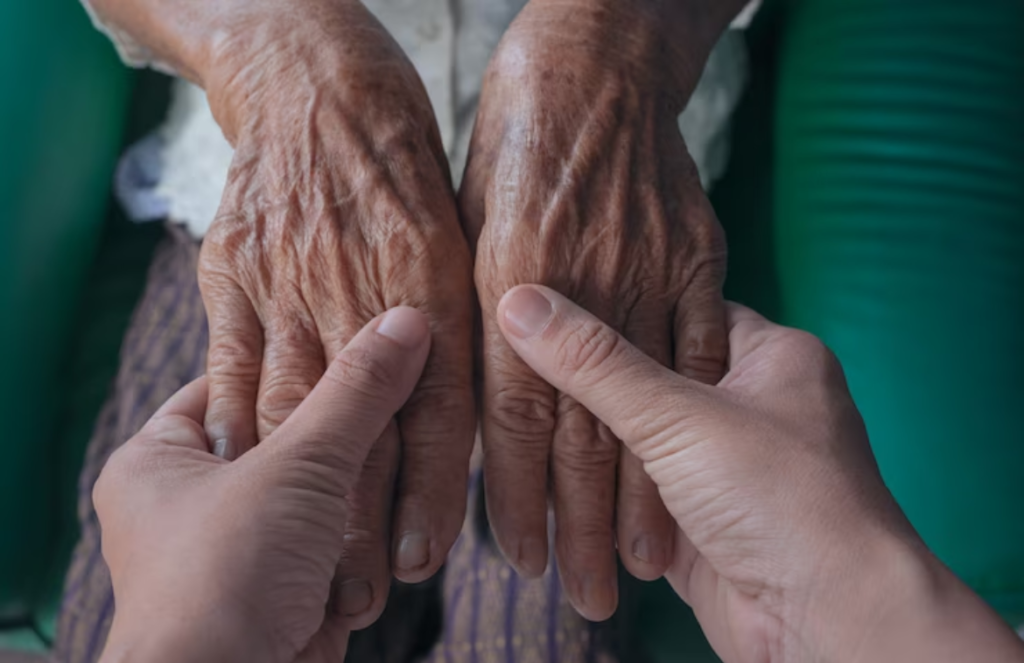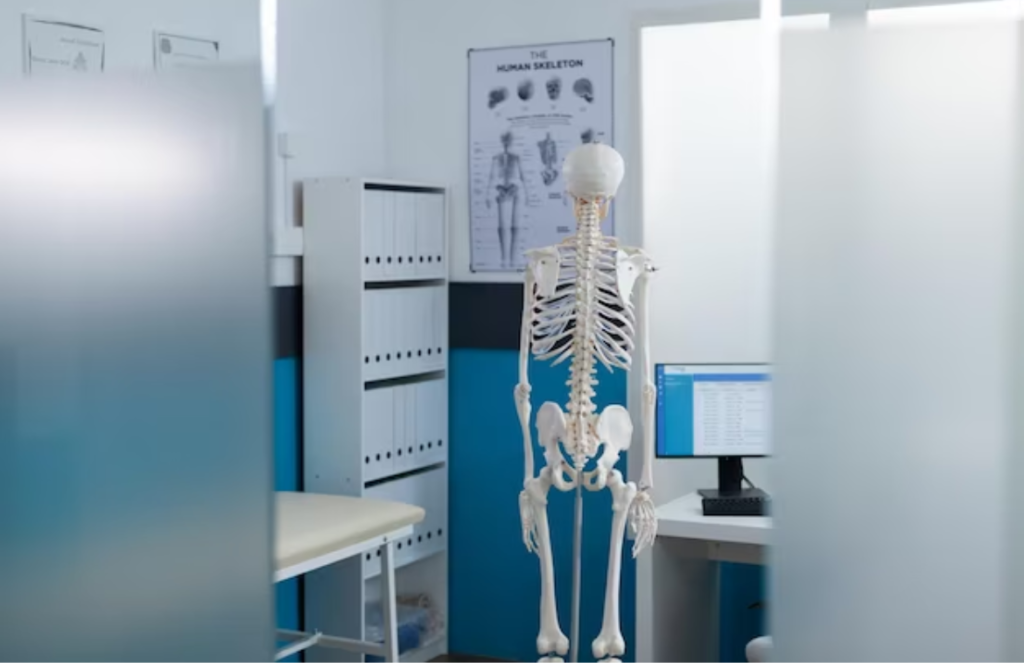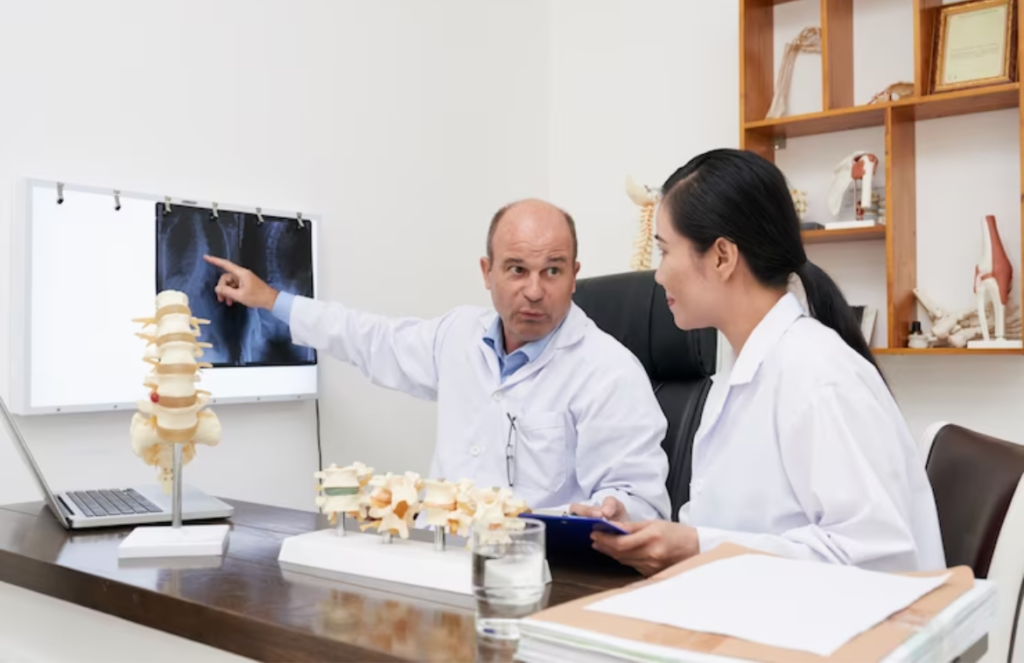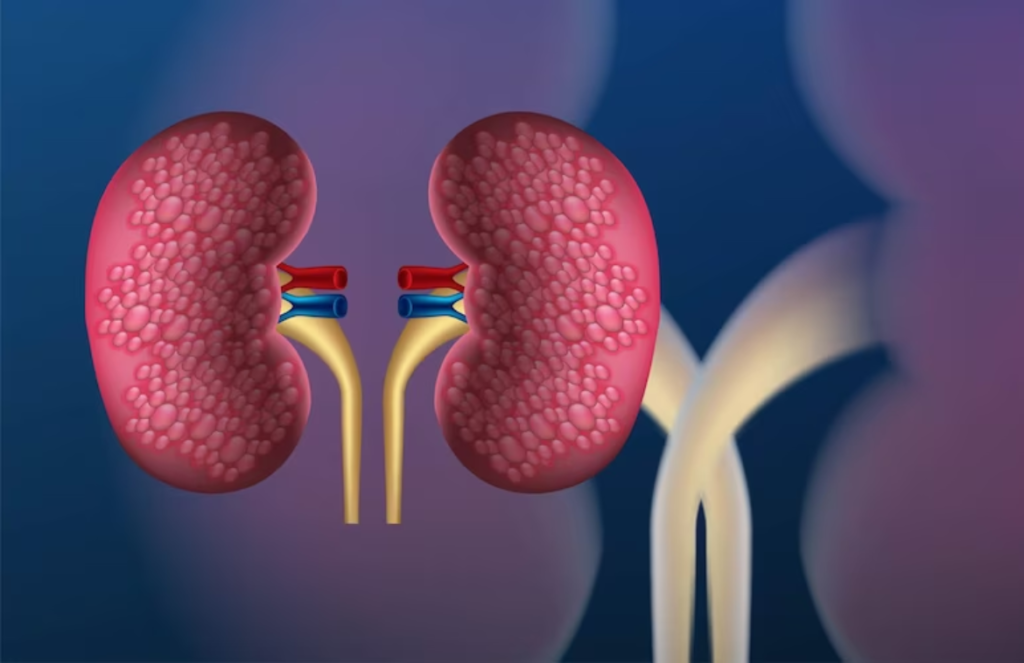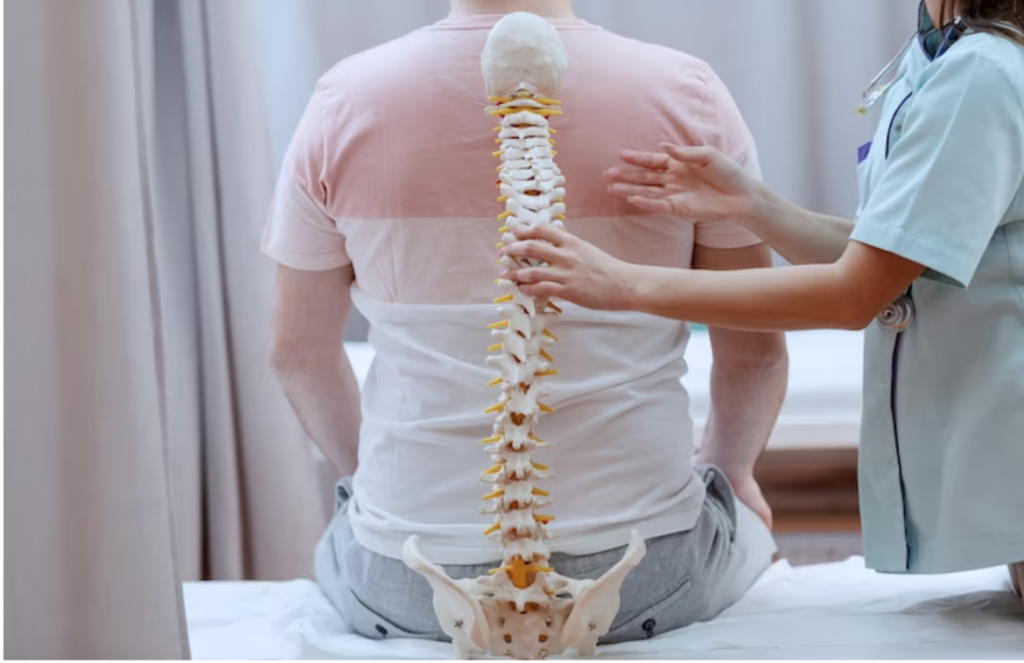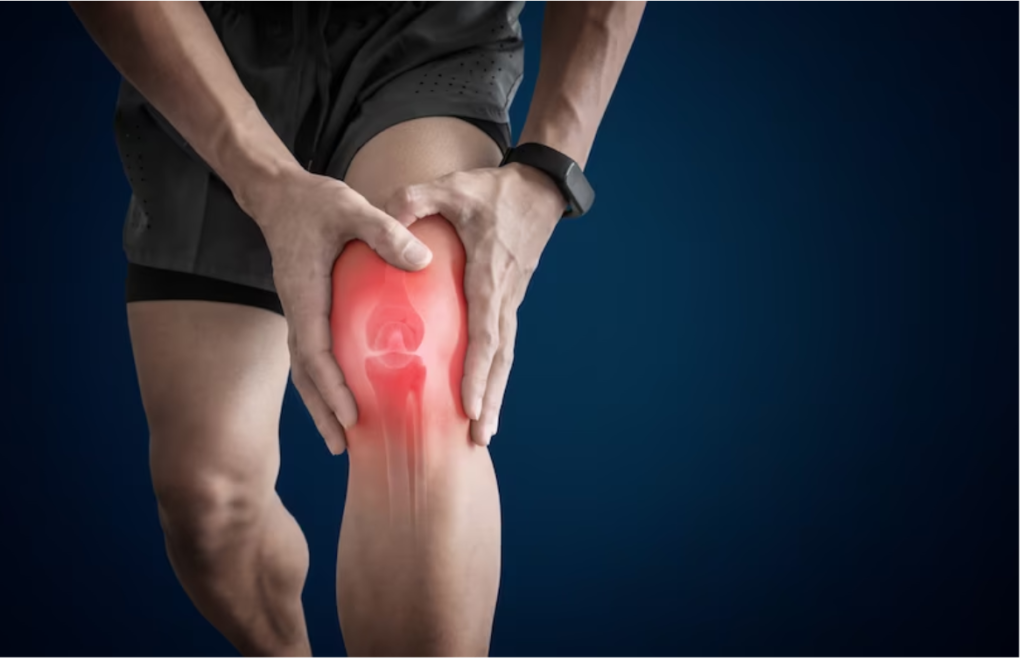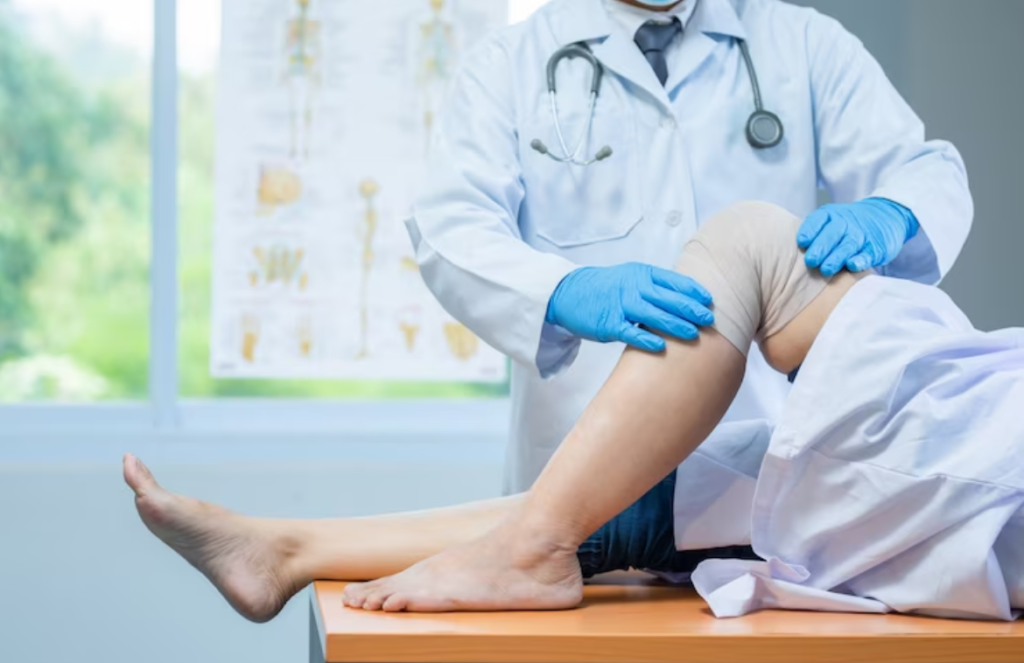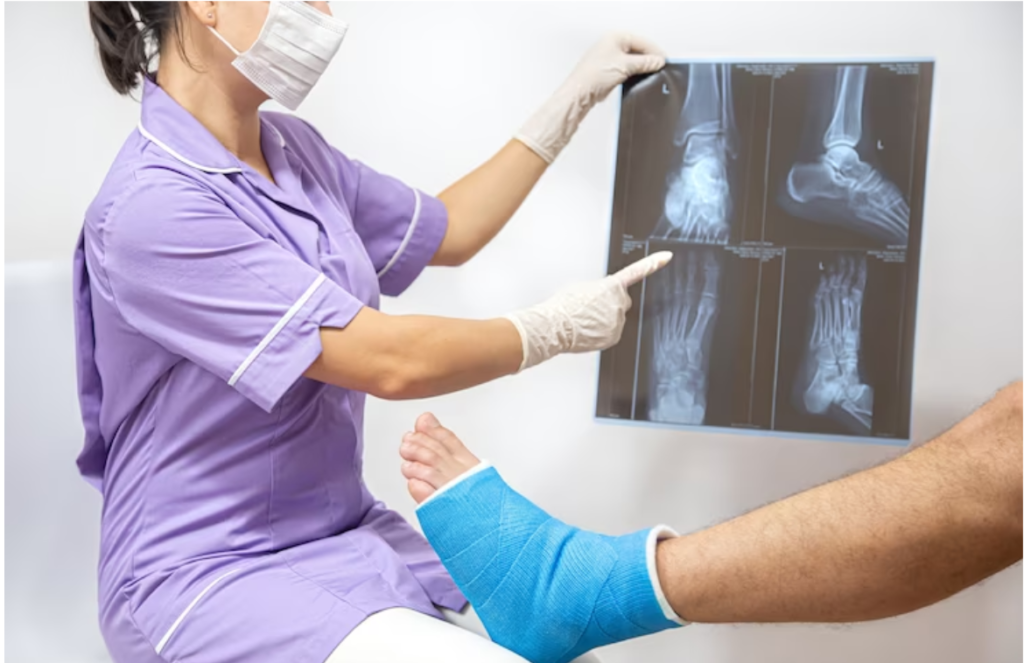The physical therapist can also offer treatments at home to help control one’s pain and swelling in the knee. Physiotherapy after knee replacement has to be professionally managed.
After knee replacement surgery, home physiotherapy does play a crucial role in the recovery process. Home care physical therapy focuses on continuing to improve the patient’s strength and ROM and on improving his or her overall functional mobility.
If one has knee pain, their healthcare provider can refer them to physical therapy. The physical therapist will use various treatments and exercises to help decrease the pain and also improve one’s overall functional mobility.
Benefits of home physical therapy for knee replacement patients:
1. Maximizing Mobility: Home physical therapy allows patients to work on regaining their normal mobility in the comfort of their own respective homes. This kind of focus does include range-of-motion exercises as well as strength-building activities.
2. Early Rehabilitation: Patients can indeed start their home exercise program within 48 hours after surgery is over. The initial phase emphasizes early range-of-motion exercises as well as reconnecting the brain with the muscles that need strengthening. As progress occurs, the patient’s transition to outpatient physical therapy is possible.
3. Reducing pain Swelling: Home care physical therapy does help control pain and swelling in one’s knee. Therapists can indeed offer treatments at the patient’s home to address these issues.
If the knee pain is caused by knee osteoarthritis, then the patient may face difficulty bending and straightening his or her knee, and one’s knee may feel swollen from time to time. This stiffness and swelling may prevent you from walking normally.
Believe it or not, physical therapy does not help everyone with knee pain. Sometimes, the loss of range of motion (ROM) and weakness are too great, and the pain and swelling cannot be controlled. The patient’s physical therapist should help out; if not, then go back to one’s healthcare provider if this is the case.

Many times, the healthcare provider may then refer the patient to an orthopedic surgeon, who will determine if total knee replacement (TKR) surgery is required to help lessen one’s knee pain and improve overall mobility.
If having a TKR, chances are that physical therapy may be required, and rehabilitation following the surgery may become necessary as well. The patient can expect to be involved in physical therapy immediately after the surgery and may require therapy for a few months following one’s total knee surgery.
In the hospital
One’s TKR surgery will indeed likely take place in a hospital or even a surgical center. Several times, acute post-operative physical therapy after a TKR begins the day after the surgery. If the surgery takes place early in the morning, a physical therapist can perhaps take time out to visit the patient at the bedside on the same day as the surgery.
A few things that one’s physical therapist can help with within the hospital include:
- Using one’s assistive devices, such as a walker or crutches.
- Exercises to help improve one’s range of motion.
- Strengthening exercises.
- Using one’s continuous passive motion machine.
- Learning to walk (gait training).
- Stair climbing.
- Pain and swelling control.
Physiotherapy after knee replacement is very important.
Conclusion
It is important to seek professional advice by speaking with one’s healthcare provider to understand exactly what to expect from physical therapy in the precinct of a hospital after total knee surgery.

